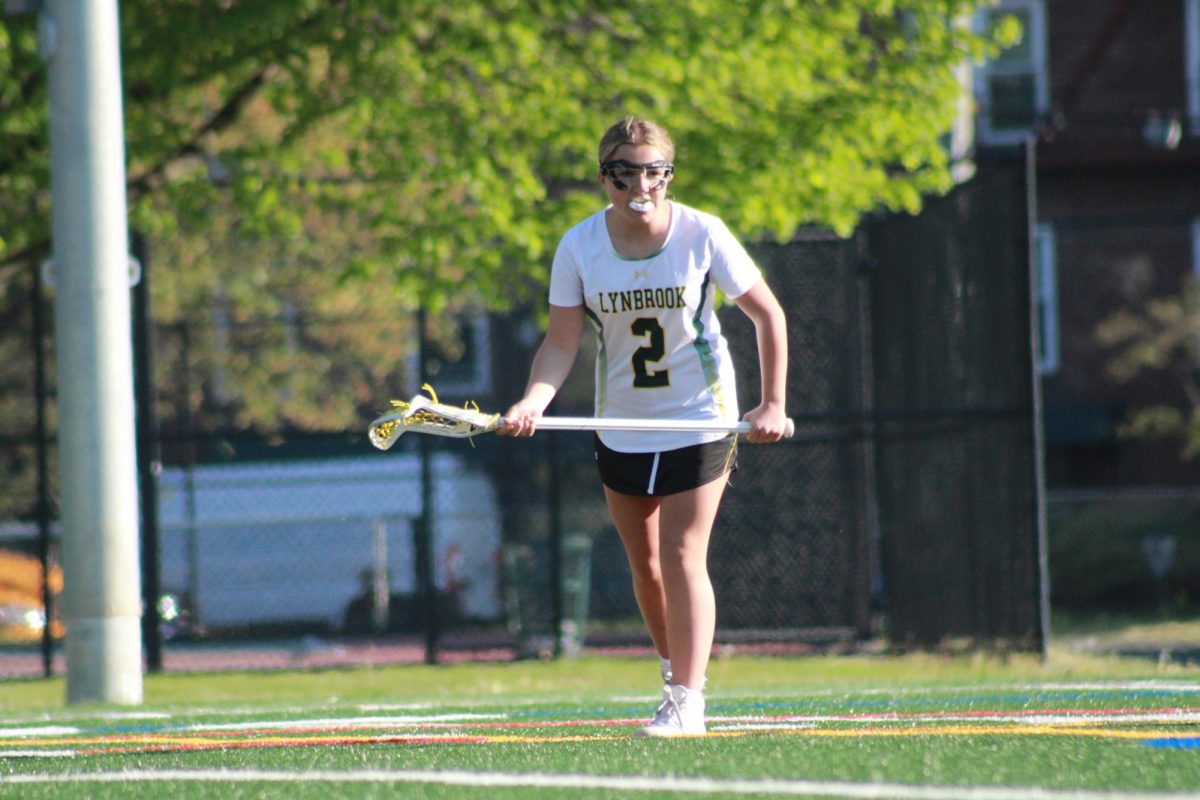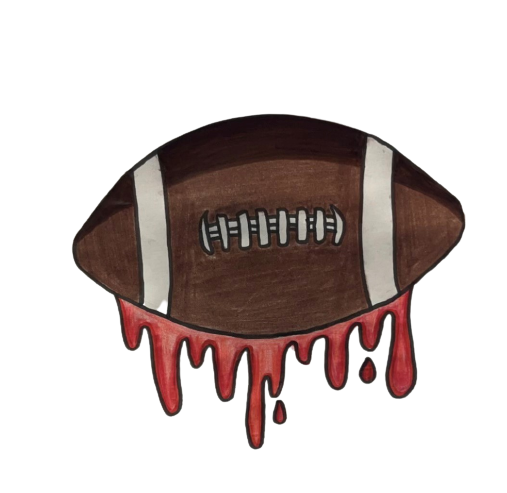The Cost of a Play: The Violence of Football
Of all the contact sports to exist, football is the one that is most closely associated with injury. However, in light of Buffalo Bills player Damar Hamlin’s cardiac arrest, a greater issue is proposed: the violence of football.
While malicious violence is not directly tied to football, there are certainly many dangers and risks that come as part of the game. It has been played for generations, and in the past, there were significantly fewer regulations and safety protocols than there are today. If one were to ask his grandfather about his experience playing football as a teenager, he would likely tell his grandson that there was no padding, no helmets, and no definitive rules. Fast forward to 2023–there are constantly new health articles being published about the latest helmet technology to improve head protection and more.
Even so, football players, even the ones right here at home, are still getting injured. How much padding can be implemented to deem a player truly protected? More importantly, are injuries a result of chance, or are there violent intentions behind them?
“Football is a collision sport. Injuries will happen,” said Athletic Director Joseph Martillotti. Martillotti recounted three reported injuries for varsity, including a sprained knee, a sprained ankle, and a dislocated finger. The above injuries do not include any unreported injuries or injuries sustained by JV players.
Sophomore Frank Sirufo was one of the varsity players who sustained a football-related injury last season, his being the dislocated finger. “In week nine of our playoff game (vs. Wantagh) on the second play of the defensive drive, the bone popped out of my right ring finger,” Sirufo said. At the time of the dislocation, it went unnoticed, with Sirufo not even realizing he had been injured until he looked down and saw his bone protruding from his finger. Sirufo immediately left the field, was sent to the hospital, and was treated.
Some other players, however, were not as lucky with their injuries, sophomore Eric Reilly being one of them. “I had an extensive tear in my labrum, a fracture, and two other mildly torn ligaments in my shoulder due to a dislocation during a game,” Reilly said. “I don’t know when or how it happened; I woke up the next day feeling sore, and the pain increased as the days progressed.”
For players who participate in other sports throughout the year, a football-related injury that calls for an invasive surgery, such as in Reilly’s case, can dramatically impact the rest of their seasons. “The injury from football has prohibited me from being able to participate in winter workouts for baseball, which started in January. Usually, I would also be out throwing on my own, which I am also unable to do due to the injury,” Reilly said.
While both Sirufo and Reilly accepted the risks and potential chance of becoming injured during the football season, it is unlikely that Sirufo expected the bone to be coming out of his finger or for Reilly to have his baseball season impacted. With this being the case, it is more reasonable to accept that football is dangerous, yes, but violent? That is a case-by-case question.
“As a football player, the sport is dangerous on all levels. Every play, you are constantly hitting and going up against another guy that wants to hit you,” Sirufo said. However, he noted that playing football is a choice. “You sign up to play a dangerous sport,” he said, with which Reilly agreed. “I think football is one of the most physically dangerous sports, if not the most physically dangerous sport you can play in high school. With incorrect technique, it becomes even more dangerous, and injuries can happen even more frequently,” Reilly shared.
Despite this, significant advancements and improvements have been made in order to make football a safer sport for high school athletes all the way through to the professional level. “The game has evolved over the last 20 years with a strong focus on safety,” Martillotti said. In Lynbrook, he recalled the new program initiated this year by Coaches Yaker and LaBarbera of a weekly yoga routine to help increase players’ flexibility. Coupled with proper nutrition, off-season conditioning, and hydration, this “has appeared to help reduce injuries significantly this season,” Martillotti said. Along with playing by the rules, players can have a much safer experience when they step onto the field.
While football has its setbacks associated with injury, danger, safety, and occasionally violence, people still play football for the pure joy they receive from playing the sport. “The benefits of playing the game, and the life lessons it teaches, in my opinion, far outweigh the risks when played properly,” Martillotti concluded.

Hey there! My name’s Gianna, and I’m a member of the Class of 2025, along with many clubs here at LHS. In my spare time, you can find me on the stage,...

Hi! I am a member of the Class of 2026 and an arts and graphics editor for Horizon. I am also a member of the Student Diversity club and the publicist...








































